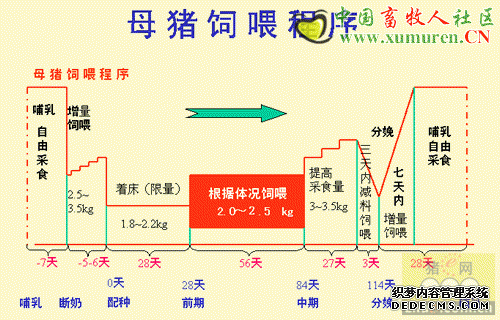By Dr. Dan Hurnik, Industry Chair for Swine Research - Washing of pens or barns has become a routine part of pig production. The reasons are numerous, but the main one is that washing removes bacteria, viruses and parasites left behind from the previous batch of pigs.
Most diseases are dose dependant; this means the higher the dose a pig is exposed to the sicker they'll get. Washing the pens reduces the number of disease causing organisms and so the animals grow better and are healthier.
The use of a soap is often recommended because it will help remove the greasy film of organic matter that sticks firmly to the pen floor or wall. This biofilm can shelter bacteria and viruses from removal and disinfection.
Disinfectants are used to kill whatever bacteria or viruses remain after washing. Generally disinfection has been deemed essential, but it is not effective without a thorough wash first. Organic matter such as manure or bedding needs to be removed before a disinfectant will be effective.
Disinfectants are among the most hazardous chemicals in barns. They can be toxic and corrosive. People need to apply them only at the dilutions recommended and need to be protected with proper clothing. Some disinfectants are more toxic than others; always read the label and ask your veterinarian for advice on safety and effectiveness.
With washing and disinfection a regular part of pig production, I wanted to examine various washing methods to determine if there are any efficiencies to be had.
Materials and Methods:
We washed 40 pens (over two fills) with a combination of the following:Hot water versus cold water
Presoaking versus no presoaking
Soap or no soap before wash The soap used was a commercially available barn degreaser, which is biodegradable and licensed for use in livestock barns. As outcomes, we measured how long it took to wash each pen, we swabbed the pens to determine how clean they were, and we measured how well the pigs grew.
Results:
Some interesting results arose. In this newsletter I will just present the wash time data, and will discuss the disinfection and pig growth in the next newsletter.
The results were as follows:
Wash ProcedureTime To Wash Pen (minutes)Difference (minutes)Time Savings (%)Cold Water
No Soap
No Presoak
68.0300Cold Water
Soap59.80-8.2312.1Cold Water
Presoak41.39-26.6439.1Cold Water
Presoak
Soap36.38-31.6546.52Hot Water
No Soap
No Presoak52.61-15.4222.6Hot Water
Soap46.24-21.7932.0Hot Water
Presoak41.88-26.1538.43Hot Water
Presoak
Soap36.81-31.2245.9
Conclusions:
Presoaking pens with water to loosen manure can cut washing time almost in half. Overall, the use of hot water speeds up washing time about 22%, except in the case of presoaking where the use of hot water didn't decrease wash time when compared with cold water.
The use of soap speeds up washing about 8 minutes per pen (about 12%) Another observation worth noting is that while hot water is more comfortable to apply, it can create a fog that sometimes makes it harder to see. The washing time saved is not just about labour; it also reduces wear and tear on the pressure washer, and reduces water usage and subsequent manure volume as well.
Significant labour is used on modern pig barns to wash and disinfect pens and rooms between groups of pigs. The results did not surprise me, except for the magnitude of time savings to be had by presoaking the pens prior to washing.
The other question I wanted to answer was whether there was a benefit in the performance of the pigs by the various washing methods. I did not compare washing to no washing, as in the industry we have adopted regular washing as an essential part of pig production. It is a required element in the Canadian Quality Assurance program, so the option to not wash doesn't really exist.
I really did not know what to expect from the results, and when they came in they were puzzling at first.
We measured how clean the pens were based on swabbing the pens and counting the number of bacteria remained in pens. We also measured the growth of the pigs and the feed conversion, and we looked at the carcass quality of the pigs after processing.
声明
来源:互联网
本文地址:http://farm.00-net.com/yz/zhu/5/2007-09-20/142410.html








